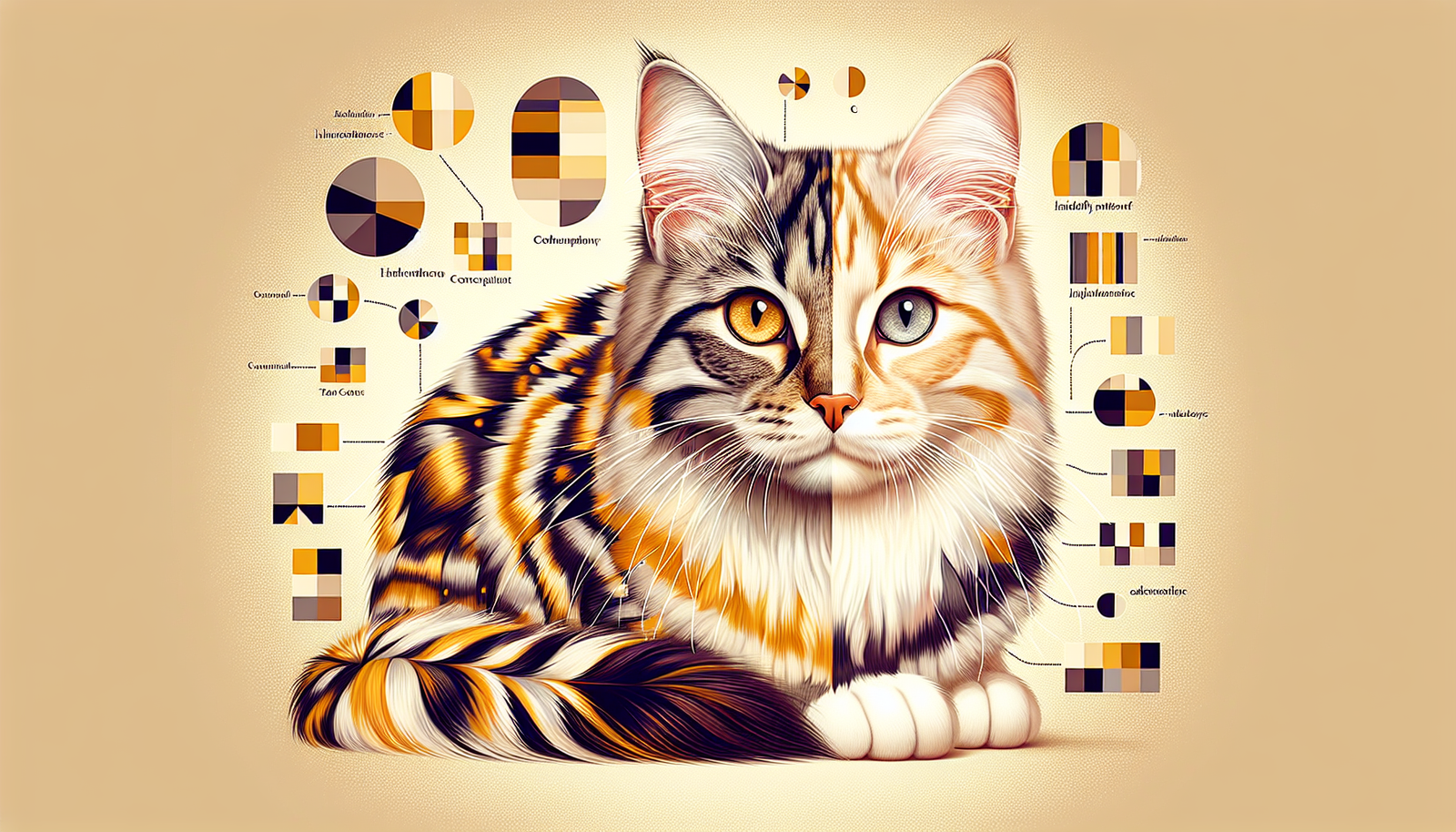Have you ever wondered about the fascinating world of cat genetics? In this article, we will explore the intriguing inheritance pattern that occurs when a tabby cat is crossed with a tan cat. By unraveling the genetic puzzle behind this unique crossbreeding, we can gain a better understanding of how certain traits are passed down from one generation to the next. So, grab a cup of tea and get ready to delve into the captivating world of feline genetics!
Understanding the Inheritance Pattern of a Tabby Cat Crossed with a Tan Cat
If you are curious about the inheritance pattern of a tabby cat crossed with a tan cat, you have come to the right place! In this article, we will explore the characteristics of tabby cats and tan cats separately, delve into the basic principles of genetic inheritance, and discuss the different patterns that can emerge when these two types of cats are crossed.
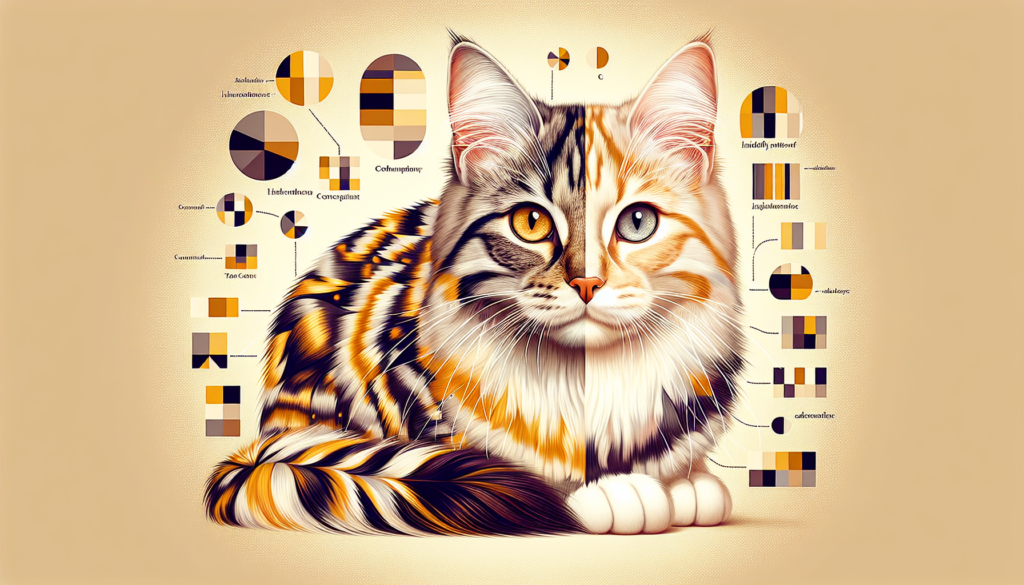
Characteristics of Tabby Cats
Tabby cats are known for their distinctive coat patterns. They usually have a striped or marbled fur, with a variety of colors such as brown, gray, and orange. However, it’s important to note that tabby is not a specific breed but rather a pattern that can be found in many cat breeds. Tabby cats can have different variations including classic, mackerel, ticked, and spotted. These patterns are determined by specific genes that control the production and distribution of pigments in the fur.
Characteristics of Tan Cats
Tan cats, on the other hand, typically have a solid coat color in shades of tan or light brown. They may have a uniform hue across their entire bodies or exhibit slight variations in color intensity. Tan cats are often associated with certain breeds such as the Burmese or Tonkinese cats, but it’s worth noting that not all cats with tan coats belong to these specific breeds. The genetic factors that contribute to the tan coat color can vary, and the inheritance pattern may differ depending on the specific genetic makeup of the cats involved.
Basic Principles of Genetic Inheritance
To understand the inheritance pattern of a tabby cat crossed with a tan cat, it’s essential to grasp the basics of genetic inheritance. Genes are segments of DNA that contain the instructions for specific characteristics or traits. Each gene has different versions called alleles, and an individual inherits two alleles for each gene, one from each parent. These alleles can be dominant or recessive, with dominant alleles exerting their traits in the presence of a recessive allele.
Mendelian Inheritance Patterns
One of the most well-known inheritance patterns is Mendelian inheritance, which involves single genes with dominant and recessive alleles. If both parents have the same recessive allele for a trait, their offspring will display that trait. However, if both parents have dominant alleles or different combinations of dominant and recessive alleles, the offspring’s traits will depend on the specific combinations inherited from each parent.
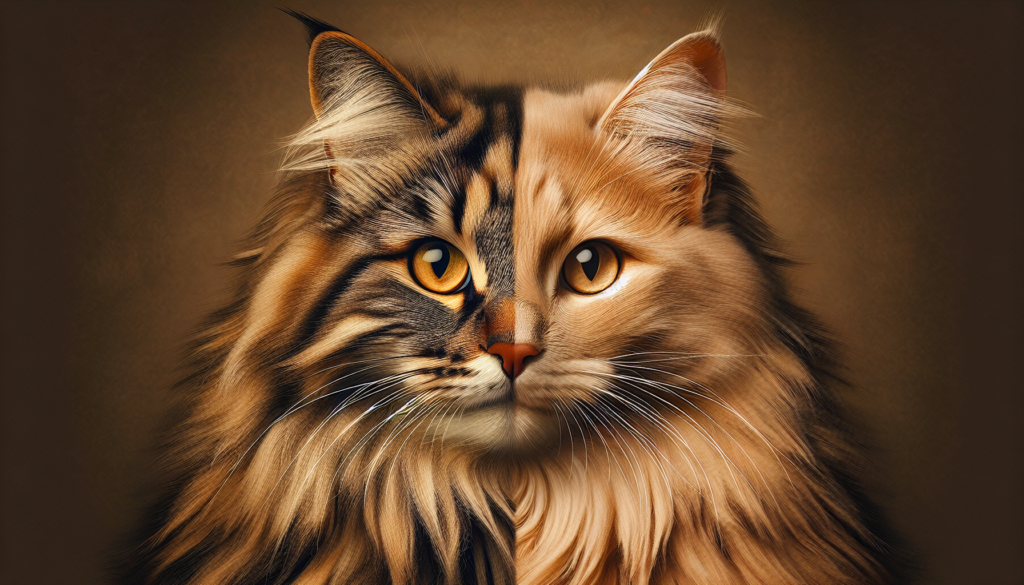
Co-Dominance in Cats
Co-dominance is another inheritance pattern that can occur in cats. In co-dominance, both alleles for a gene are expressed simultaneously, resulting in a blended or mixed trait. This means that when a tabby cat is crossed with a tan cat, it is possible for the offspring to exhibit a combination of tabby patterns and tan coat color. The specific outcomes will depend on the dominance and co-dominance of the alleles involved in controlling these traits.
Polygenic Inheritance
Polygenic inheritance is a more complex type of inheritance pattern that involves multiple genes influencing a particular trait. This can result in a wide range of variations within a single trait, such as coat color. In the case of tabby cats and tan cats, the combination of genes responsible for their respective coat patterns and colors can interact in intricate ways, leading to unique patterns and shades in their offspring.
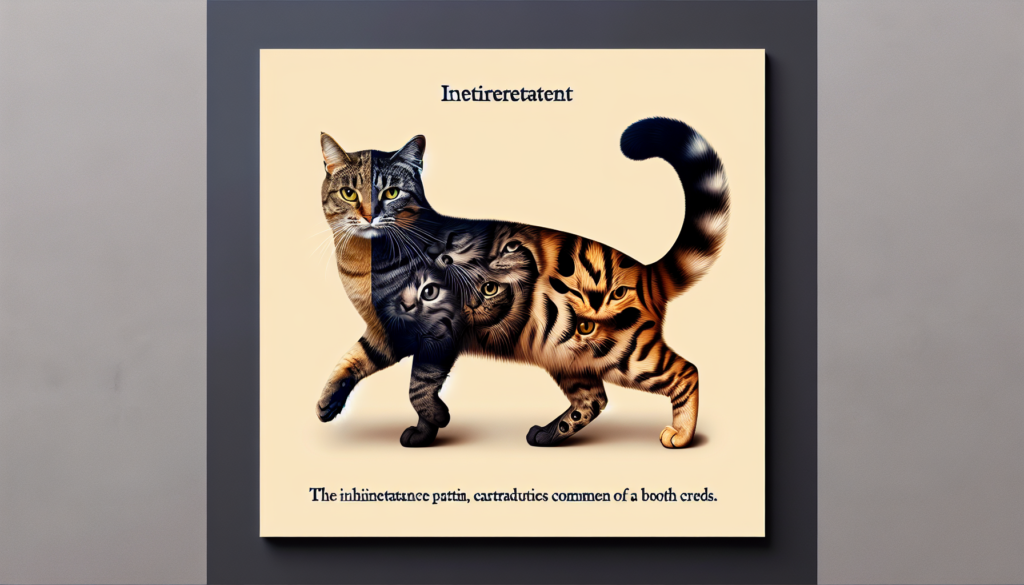
Understanding Tabby Cat Genetics
To fully grasp the inheritance pattern of a tabby cat crossed with a tan cat, we need to delve into the genetics behind tabby coat patterns. The tabby pattern is determined by several genes, such as the agouti gene, which affects the distribution of pigments in the fur. The specific alleles inherited for these genes can determine whether a cat will have a classic, mackerel, ticked, or spotted tabby pattern. When a tabby cat is crossed with a tan cat, the offspring may inherit certain tabby patterns depending on the alleles inherited from both parents.
Understanding Tan Cat Genetics
Understanding the genetics of tan cats is equally important in comprehending the inheritance pattern. The tan coat color can be influenced by various genes, including those responsible for the production and distribution of the pigment called eumelanin. The specific alleles inherited for these genes can determine the intensity and distribution of the tan color in the coat. When a tan cat is crossed with a tabby cat, the offspring may exhibit a combination of tabby patterns and varying shades of tan, depending on the specific alleles inherited from both parents.
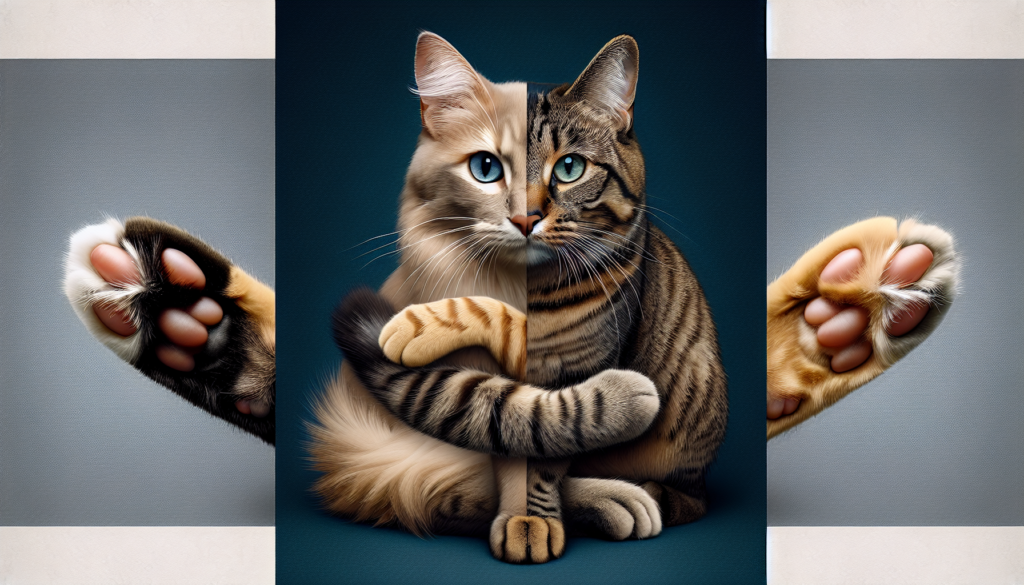
F1 Generation: The First Filial Generation
The first filial generation, also known as the F1 generation, refers to the offspring resulting from the cross between a tabby cat and a tan cat. In this generation, the pattern of inheritance can vary depending on the specific alleles inherited from each parent. It’s possible for the F1 generation to exhibit a combination of tabby patterns and tan coat colors, reflecting the co-dominant and polygenic nature of these traits. The resulting cats may have unique coat patterns and colors that showcase a blend of their tabby and tan genetic backgrounds.
F2 Generation: The Second Filial Generation
The second filial generation, or F2 generation, refers to the offspring resulting from the cross between members of the F1 generation. In this generation, the inheritance pattern can become even more diverse and unpredictable. Due to the recombination of alleles during the formation of gametes, the F2 generation may exhibit a wide range of tabby patterns and tan coat colors. Some kittens may inherit more distinct tabby or tan traits, while others may display a combination of both. The F2 generation offers a chance for further exploration and observation of the inheritance pattern and genetic variations resulting from the initial cross.
In conclusion, the inheritance pattern of a tabby cat crossed with a tan cat is a fascinating topic that involves the interplay of various genetic factors. From the characteristics of tabby cats and tan cats to the principles of genetic inheritance, there is much to explore and understand. By considering Mendelian inheritance patterns, co-dominance, and polygenic inheritance, we can gain insights into how the offspring may exhibit a combination of tabby patterns and tan coat colors. The F1 and F2 generations offer valuable opportunities to observe and appreciate the unique traits that can emerge from such a cross. So, the next time you come across a tabby cat crossed with a tan cat, you can marvel at the intricate world of genetics that has shaped their distinctive appearance.

